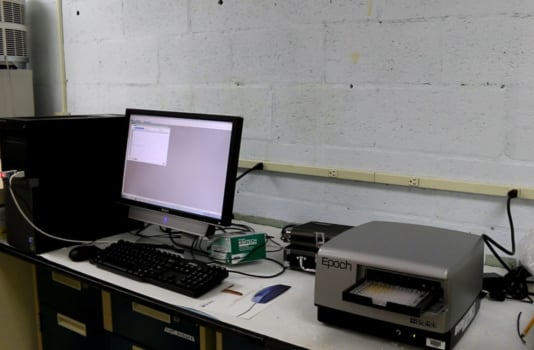The packages would use ‘cell-to-cell communication’, called quorum sensing communication between cells, which in turn uses signaling molecules (autoinducers) to detect food that’s beginning to spoil.
Quorum sensing

Heading the project are researchers Kay Cooksey and Claudia Ionita of the Clemson food, nutrition and packaging sciences department of Clemson University who received a $100K grant from the US Department of Agriculture’s National Institute of Food and Agriculture to complete the project.
“Quorum sensing makes use of a biological process that microorganisms normally do,” said Cooksey.
“The idea is to take what the microorganisms do naturally, put that with being able to sense that they are starting to create a food spoilage situation and build that in to a sensor.”
The pair will identify autoinducers present in packaged foods and design a biosensor that can monitor the development of microbes that can cause food spoilage.
“We are trying to build a sensor that can detect food spoilage when it begins. We’re trying to improve the detection elements currently on the market,” added Ionita.
Current methods used to detect food spoilage on the market include labels or materials that change color when they detect ammonia or sulfur from the breakdown of proteins in meat.
In 2015, engineers at the University of California Berkeley (UC Berkeley) also created a 3D-printed 'smart cap' for milk cartons that detects signs of spoilage, in collaboration with Taiwan's National Chiao Tung University. They embed a wirelessly readable 3D-printed inductor-capacitor tank (LC tank) in a milk carton cap.
Color detection is limited
But Cooksey said using labels or materials that change colors are limited in use, not a direct indicator of spoilage and usually signal when it is too late to be useful.
“By the time the color change occurs, the human nose can just as easily detect the aroma of the volatiles,” she said.
“Results from the proposed research will serve as a foundation for biosensors and ultimately intelligent packaging to effectively monitor changes in food and, in turn, improve food quality and safety.”
Between 30% and 40% of the edible food supply is wasted annually in the US. According to the USDA, this amount of waste has far-reaching impact on food security, resource conservation and climate change.
To end food waste in the US, the USDA and US Environmental Protection Agency launched the U.S. Food Challenge in 2013.
